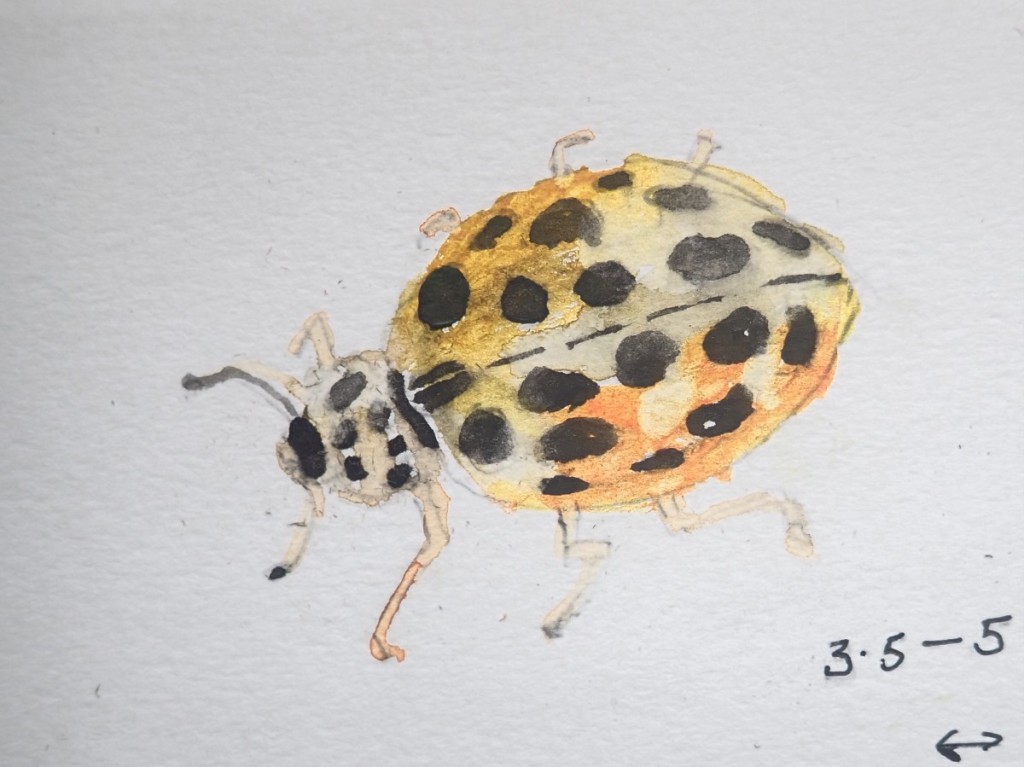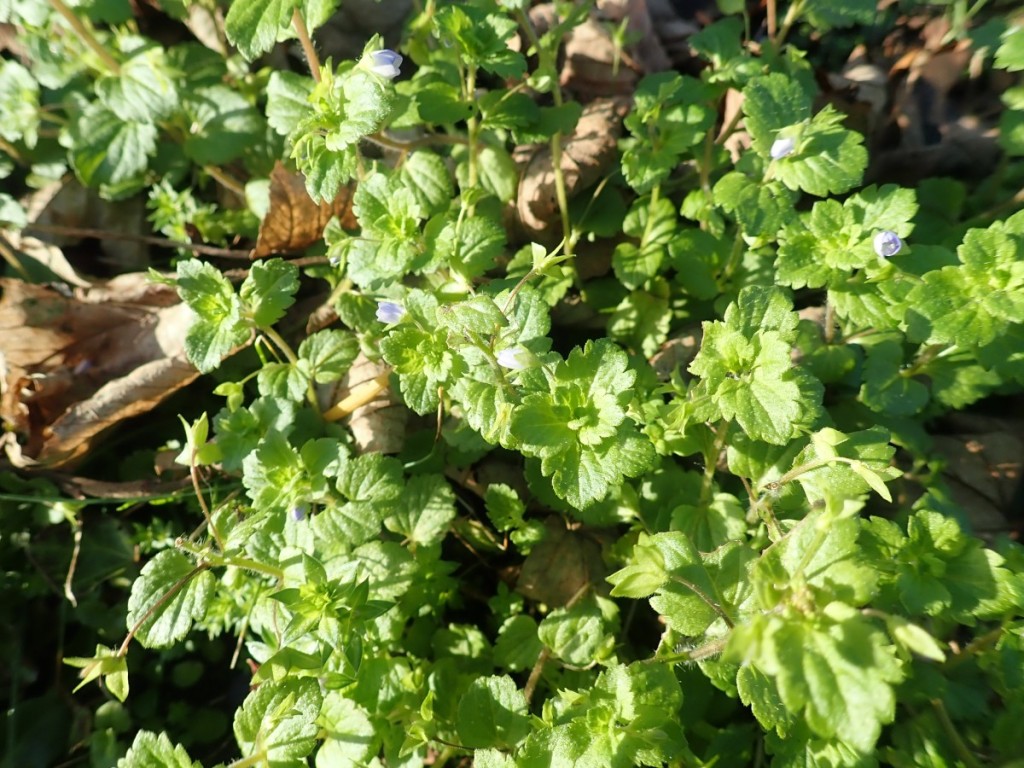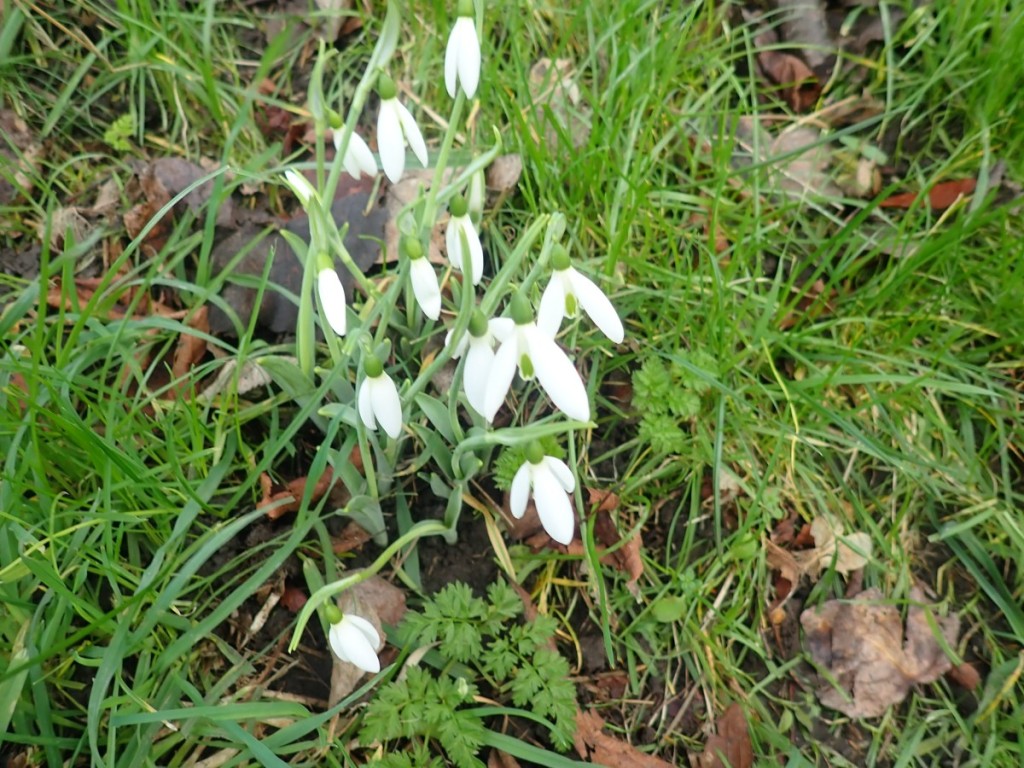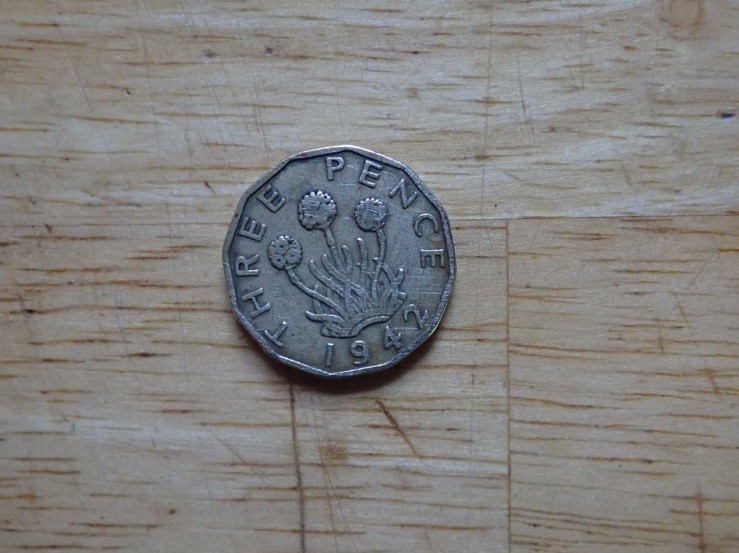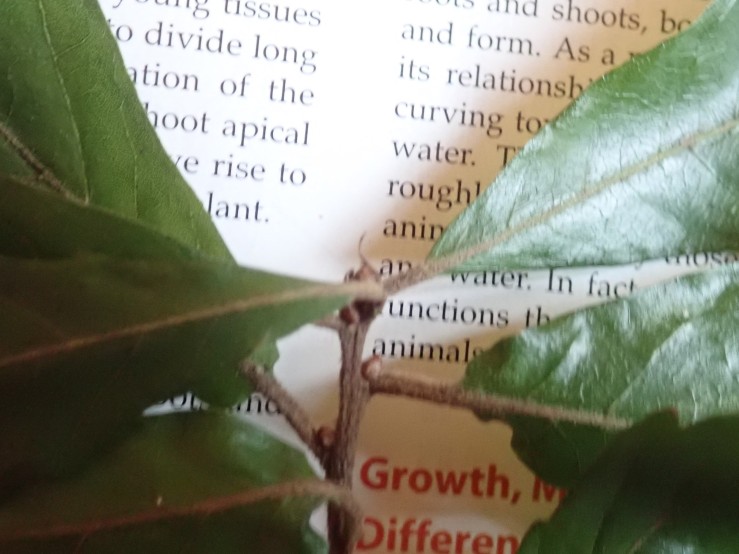This local park formed in 1976 from a reclaimed local rubbish tip and became a Local Nature Reserve in 2005. It is 18 hectares in size and includes various ponds. The aim of the Bioblitz was to look out for a wide range of species and record them.
Salix petandra is named for the 5 stamens in the male flowers. It is a showy tree with shiny leaves attractive as food plants to some moths.

The tableau of plants below features at least three parasitic plants. These have been planted to control vigorous grasses that would otherwise tend to dominate. Red Bartsia (Odontites vernus) is partly parasitic and attractive to bumble bees; Yellow Rattle (Rhinanthus minor) is also hemiparasitic, a facultative parasite that takes advantage of contact with the roots of grasses. It likes calcareous soils and is pollinated by bees. The small white flowers are of a Euphrasia species (E nemerosa?), it too is a hemi-parasite.

The large variety of flowering plants is attractive to many insects like the soldier Beetle. The common red soldier beetle is noted for its striking red appearance, but it is harmless. It is a beneficial garden insect as the adults eat aphids, and the larvae eat other pests. There are 40 species in the UK that are a striking red and black colour similar to a soldier’s uniform of old.

The Meadow Brown is one of the UK’s most common butterflies. A wide range of grasses are used as food plants by its caterpillars.Those with finer leaves such as fescues, bents and meadow grasses are preferred, but some coarser species such as Cock’s-foot (Dactylis glomerata), Downy Oat-grass (Helictotrichon pubescens), and False Brome (Brachypodium sylvaticum) are also eaten by larger larvae.

This plant, (Hoary Ragwort) was hard to identify since it was not in flower and is uncommon. We decided it was Hoary Ragwort. Favouring clay/ chalky soils it likes the baking heat. So one to look out for with global warming.

The site is well known for its Narrow bordered 5 spot Burnet moth (Zygaena lonicerae) a day flying moth. The larvae feed on clovers and trefoil.

Pale St John’s Wort is another plant that favours calcareous soils. Its large leaves help distinguish it from H perforatum and H pulchrum also present on the site.
Small scabious is yet another plant that likes calcareous soils. More petite than than field scabious, it has linear shaped involucral bracts under the flower head. Devil’s bit scabious was also present but not quite in flower.
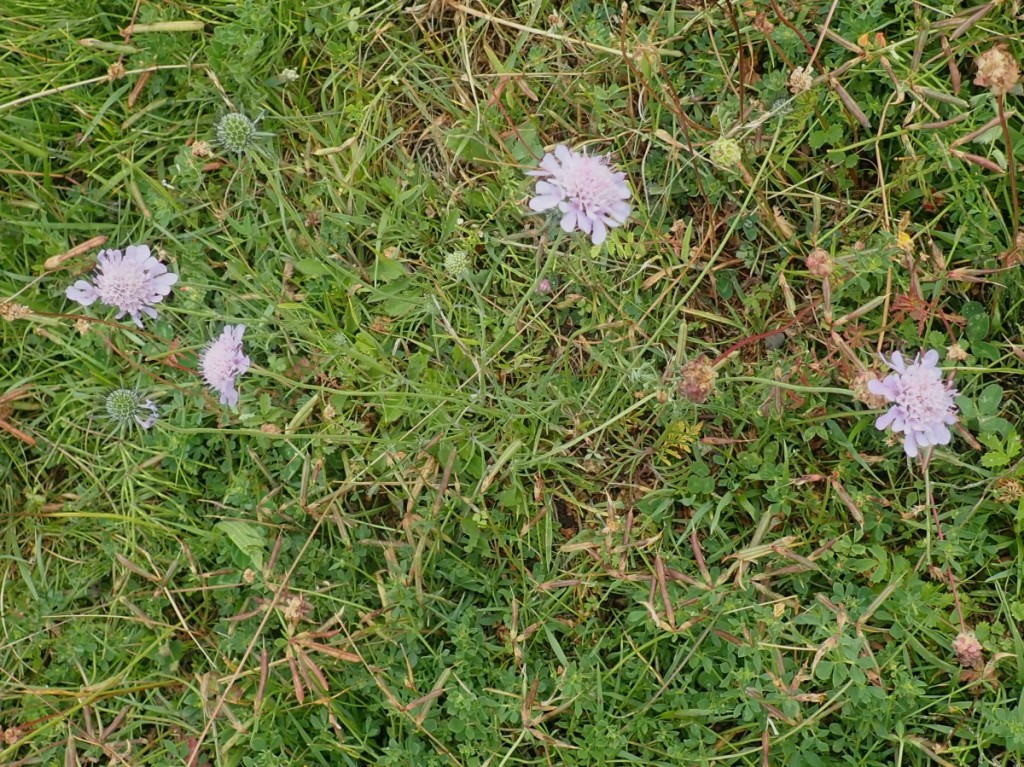
The larvae of the Latticed Heath moth also feed on clovers and trefoils. The photo below also shows the eponymous seed heads of the Bird’s-foot trefoil.

The beetle below looks hairy in close up and is probably Lagria hirta.


Chalk Knapweed can be distinguished from Common Knapweed by the visible green patched under the scales on the flower head and more deeply lobed leaves. It has only recently become a separate species.

Broad leaved Everlasting Pea is probably here as a garden escape. Reclaimed areas like this are a mix of seeded plants and adventitious seedlings thriving in the soil conditions with lack of disturbance.

The ponds play host to a range of Damselfly and Dragonfly species. The Southern Hawker prefers non-acidic waters and has increased its range from the south with the warming climate.

There were numerous hover flies but this Myathropa is large and easier to photograph. It is a relatively common fly and likes to feed on umbellifers like the Wild Parsnip.

Reference: Collins wild Flower Guide
Collins Guide to the insects of Britain and Western Europe




